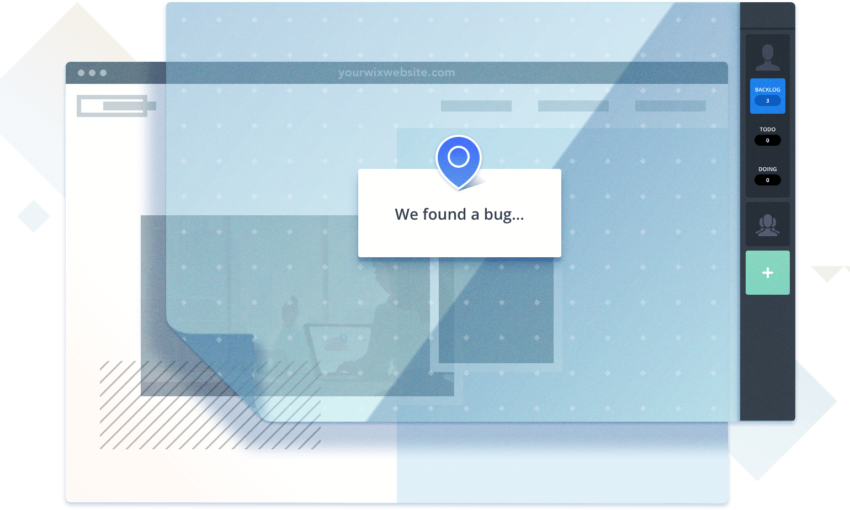It can be frustrating to work with a web design client who doesn’t provide direction or makes vague requests. This lack of communication can result in tons of revisions and difficulty.
Often, this is because they simply don’t know the design process. The client usually does know what they want, they just aren’t sure how to ask for it. So, before you do 50 revisions (and tear your hair out), try asking the right questions and drawing out their vision for the project.
The Freelance Designer Toolbox
Unlimited Downloads: 500,000+ Web Templates, Icon Sets, Themes & Design Assets
All starting at only $16.50 per month
The Basics
Before you even begin working, you should already have down the most essential ideas. Consider using a survey or questionnaire to establish these basics if you’re having trouble.
Do you have any branding or style guidelines? What do you definitely want to include and avoid? Do you have a color palette in mind? What’s the overall style? Who’s your target audience? What functions does this site need to include (shopping cart, contact forms, navigation bar, SSL certificate and other security features)?
If you can’t extract this from your clients, your project will stall.

What’s the purpose of this webpage/website? What are your goals? What kind of people do you want to visit this website?
Every website and webpage is designed around a central goal. Is it to read the blog? Share something? Click a link, buy a product? This is what your client wants emphasized. Ask them what they want people who visit this website to do.
Also important is the target visitor. It’s difficult to design a website when you don’t know your audience. Ask them to describe a “user persona” that represents the ideal visitor or customer.
Why do you want a new website? What is your old website not doing right?
When it’s time to do a redesign, this is the most important question. Maybe your client wants to stay trendy, update the color scheme, or implement stylish navigation. Whatever the case, you know what the goal is in this redesign.

Can you give me some examples?
Nothing teaches better than an example. Many clients will describe things ambiguously. For instance, asking for “sparkles” and not elaborating. Where? A few or a bunch? Should they be subtle or eye-grabbing?
If you get an indecisive reply, ask them to find examples of what they want. Or find them yourself and ask them to pick a favorite.
Which of these options do you like more?
It’s more work, but presenting a client with 2-3 options with small differences can be a great help. You can get an idea of what they want without them having to tell you directly. This also means less revisions and more chance for them to point out features they like or dislike.

What do you love most about this design? What do you dislike about it?
This is a great question because it takes a champion to give you an unhelpful answer. Clients are forced to point out something they enjoy or aren’t partial to. Even if the answer is short, it’s still extremely valuable feedback.
Why?
At the risk of sounding like a curious toddler, sometimes “why” is the best question you can ask. It needs to be phrased carefully in order to not come off as curt or accusatory, but the answer is exactly what you’re after.
Why do you want that section there? Why do you feel it isn’t colorful enough, what do you have in mind? Why that typography? Why do you dislike the other font?
Obviously, you shouldn’t question every decision your client makes, but it can help you understand their mindset and goals.

Making a Vague Client Open Up
A general tip: avoid vague questions, especially ones that can generate one-word answers. Instead, opt for open-ended questions that force clients to explain themselves, or specific questions about certain elements. Sometimes, you just have to keep asking questions until you get a satisfactory answer.
If you’re a web design client struggling with this, ask yourself these questions! Try to be specific about what you like and dislike. Look at other websites; point out what you like and why. If you give concrete feedback, the work will get done quicker, there will be less revisions, and everyone will be happier!
This post may contain affiliate links. See our disclosure about affiliate links here.




